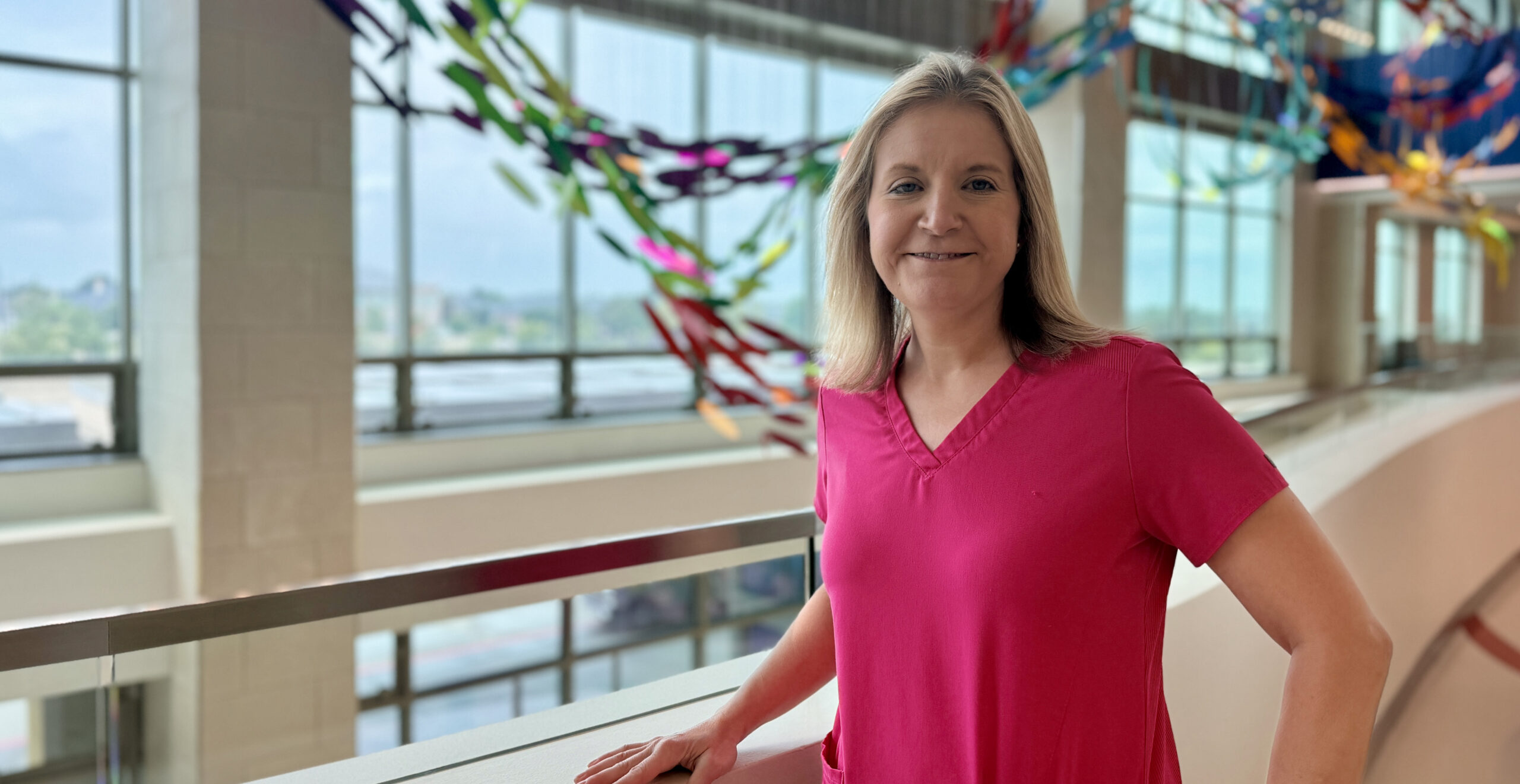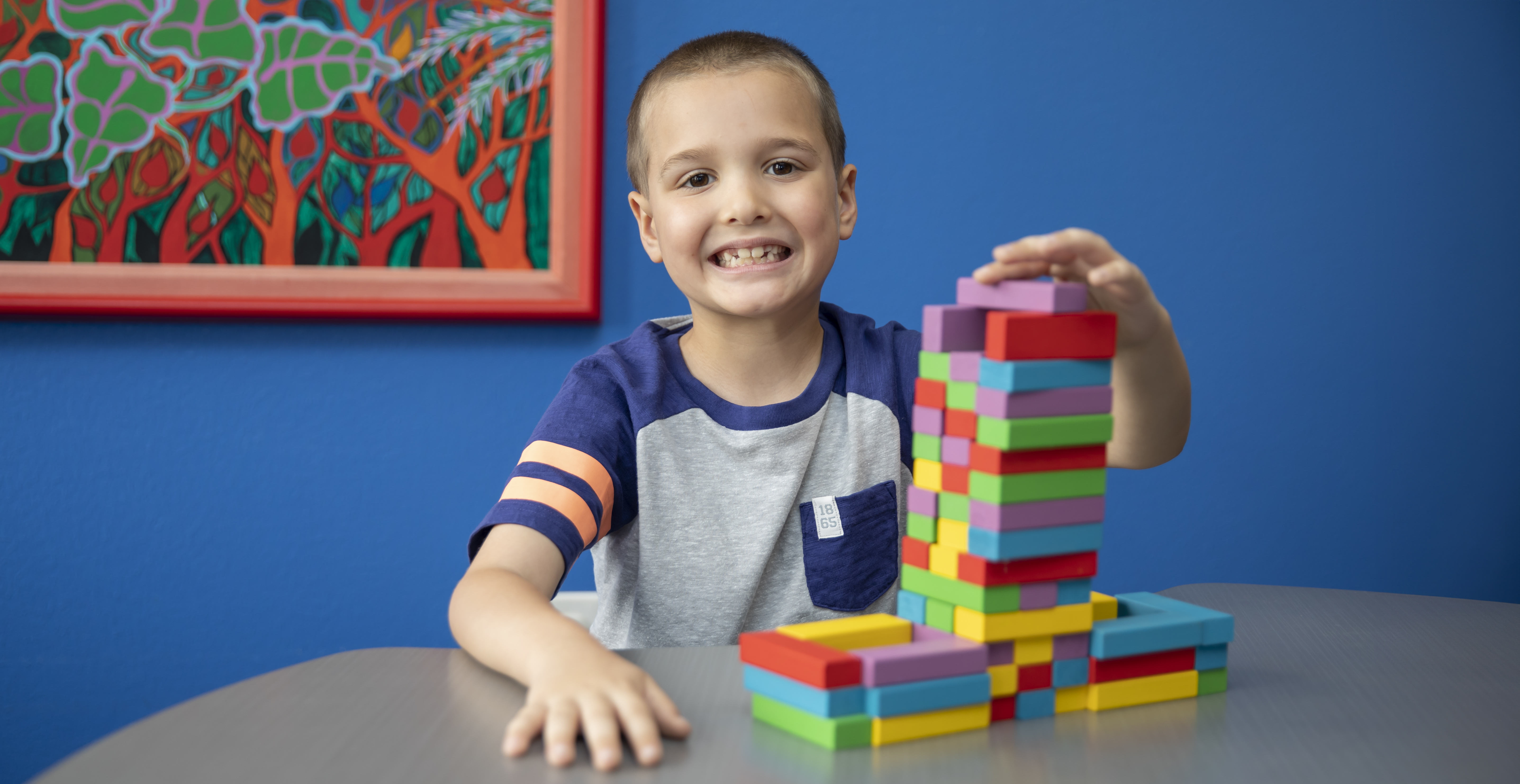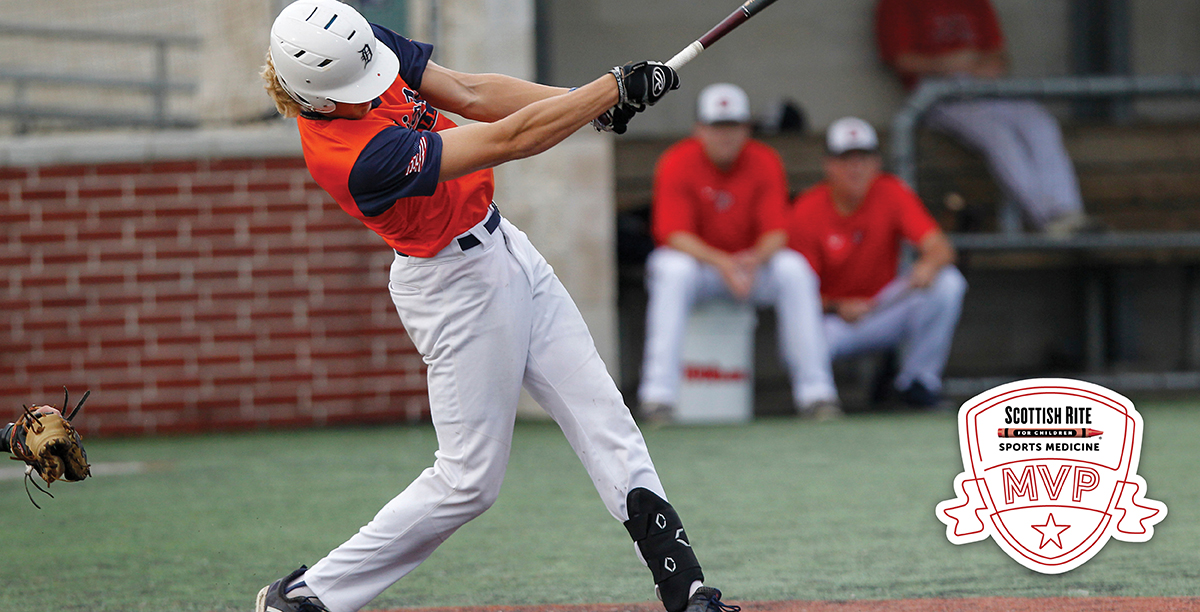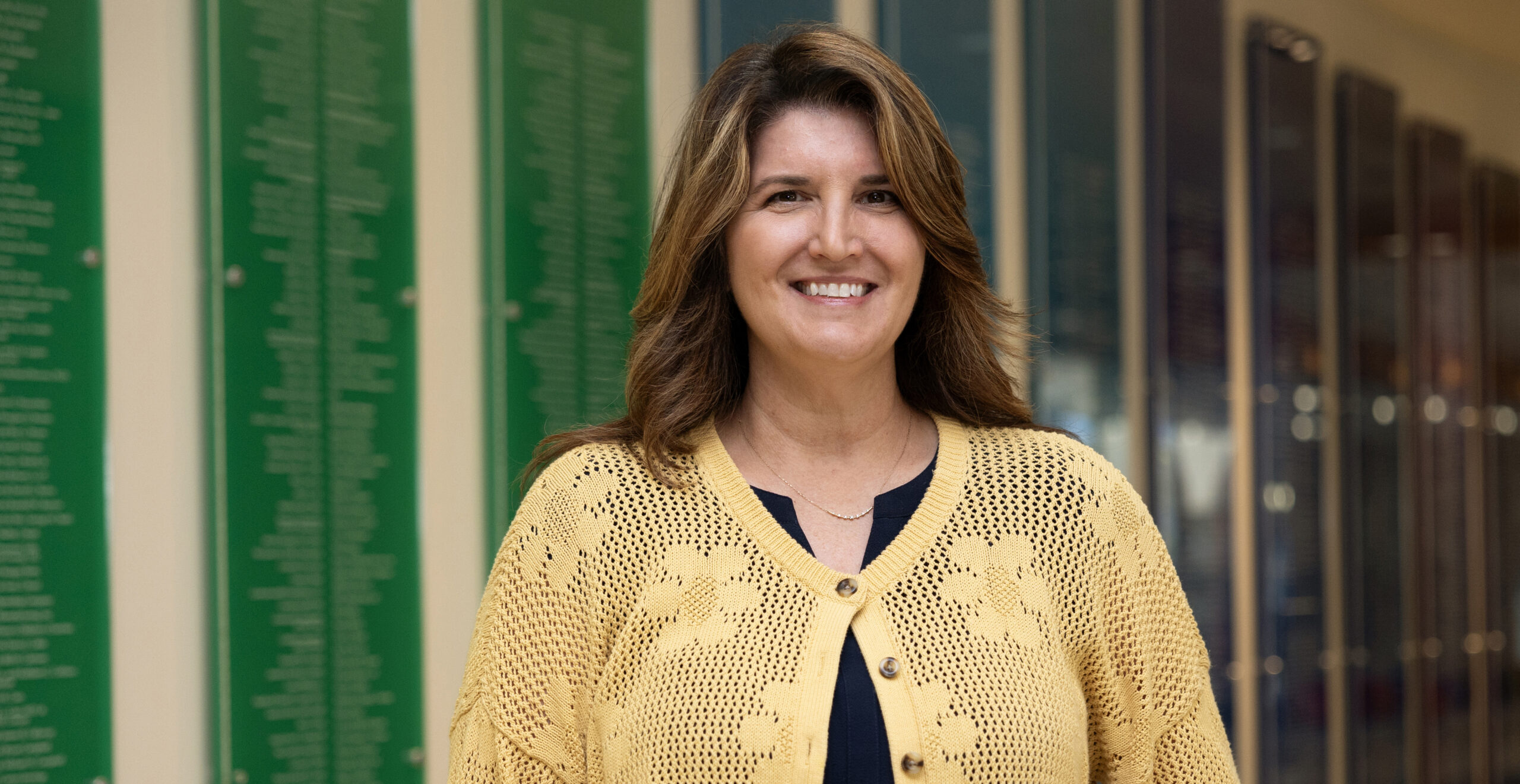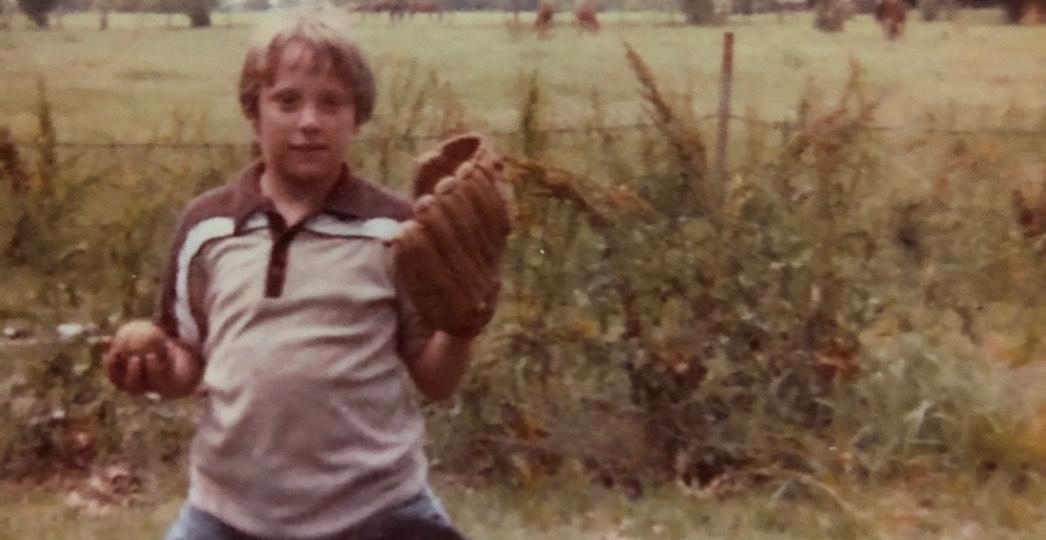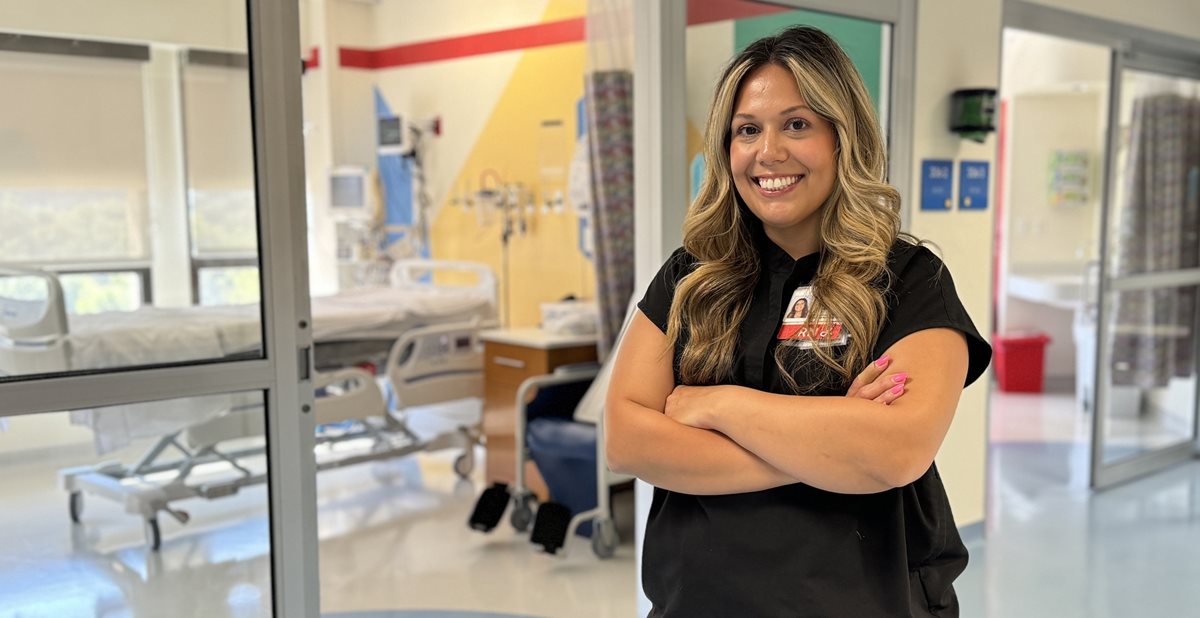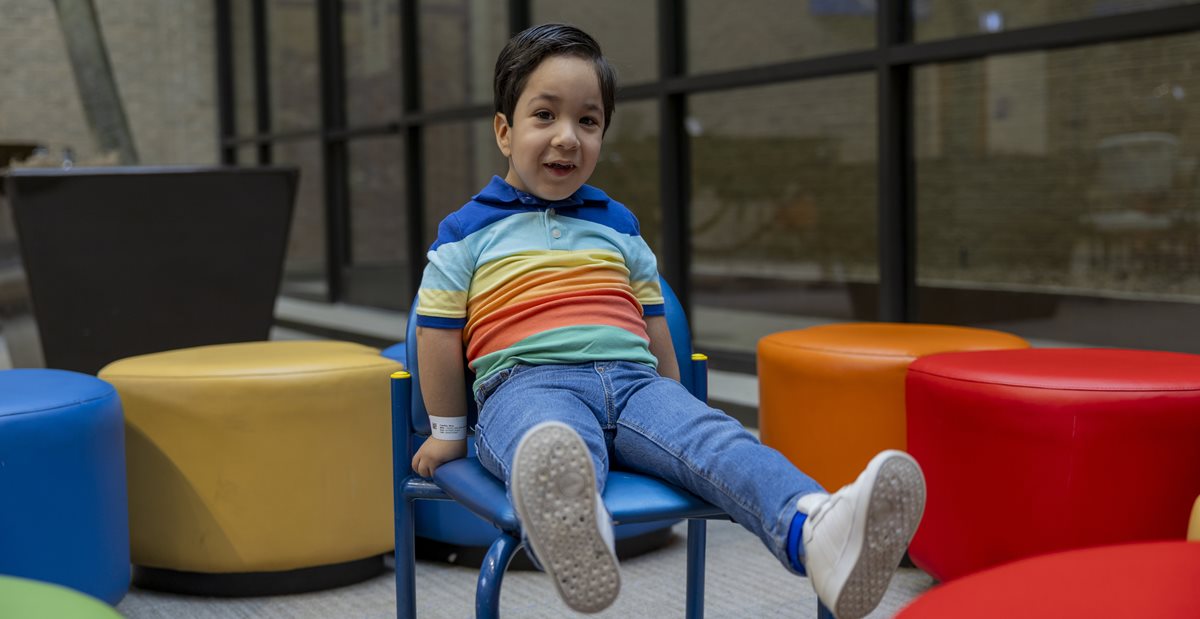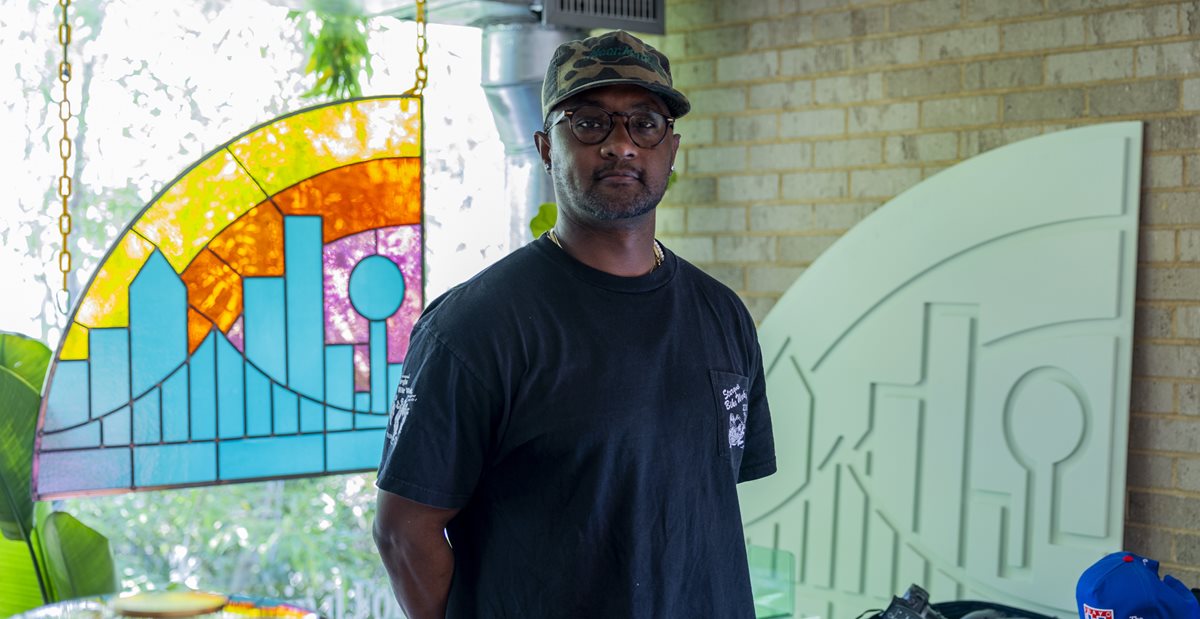In the heel, the big tendon from the calf muscle, called the Achilles tendon, attaches to the back of the heel onto the calcaneus bone. In very young children, the bone is not yet grown, so the tendon is actually held onto the foot by the cartilage in the growth plate. Eventually, the bone grows, the growth plate closes, and there is a solid connection for the tendon.
Many children naturally become more involved in sports around 8-12 years old. When a young athlete runs or jumps, the Achilles tendon pulls repeatedly on the cartilage in the heel, causing it to become sore. For patients like Amelia, this can be painful. The impact on the ground with running and jumping can also cause this area to be irritated. Pain and inflammation in the growth plate of the heel is known as Sever’s Disease or calcaneal apophysitis. Symptoms may come and go for 1-2 years while a young athlete is growing quickly in the heel bone.
Shane M. Miller, M.D., tells us that it is safe to play sports as long as the athlete is not limping or complaining of significant pain, and that symptoms should improve with rest and ice, which allows these tissues to recover from the injury. Changing shoes or adding cushioned heel cups may be recommended. Other treatments are available and should be considered on an individual basis.
Here are some situations that increase a child’s risk of Sever’s Disease:
- Year-round sports participation
- Sudden increase in training intensity
- Tournaments and summer camps
- Running and jumping excessively
- Sports that involve wearing cleats (such as baseball or soccer)
- Going barefoot, or participating in barefoot sports (such as gymnastics)
Learn more about overuse injuries and pediatric sports medicine.





